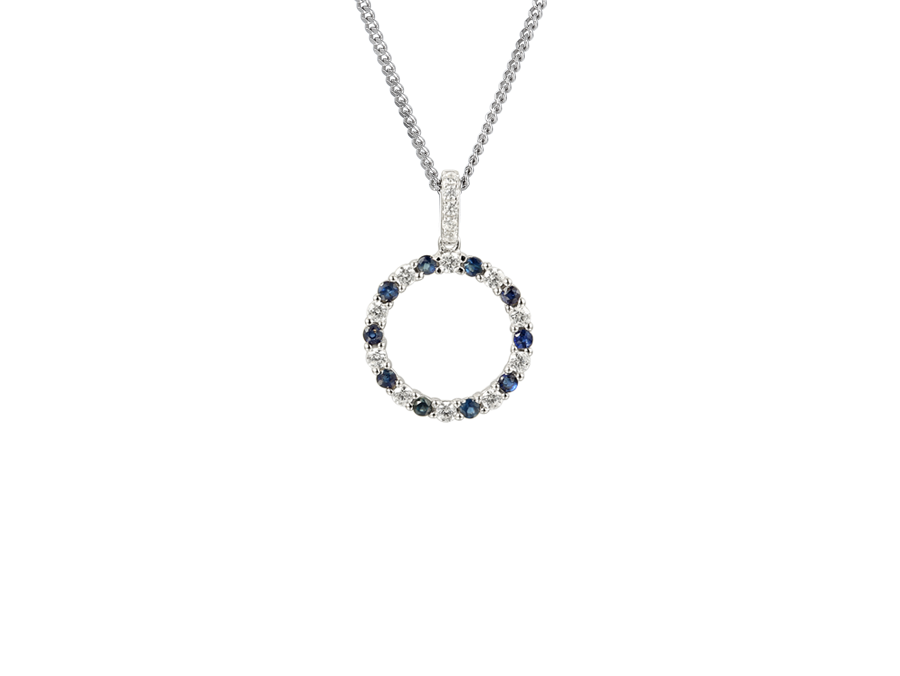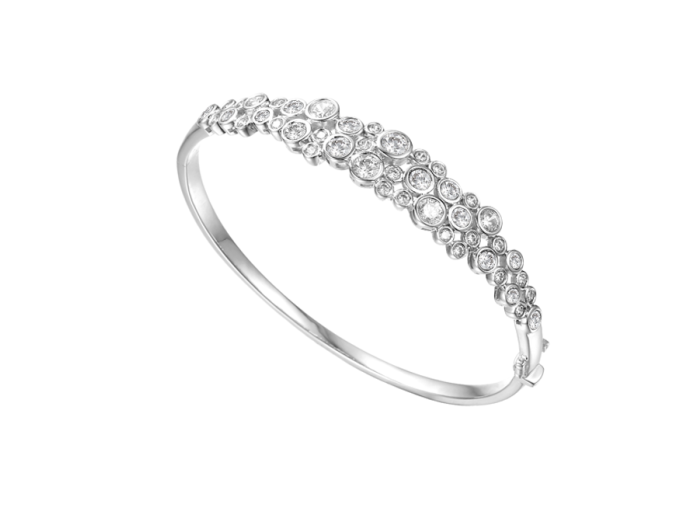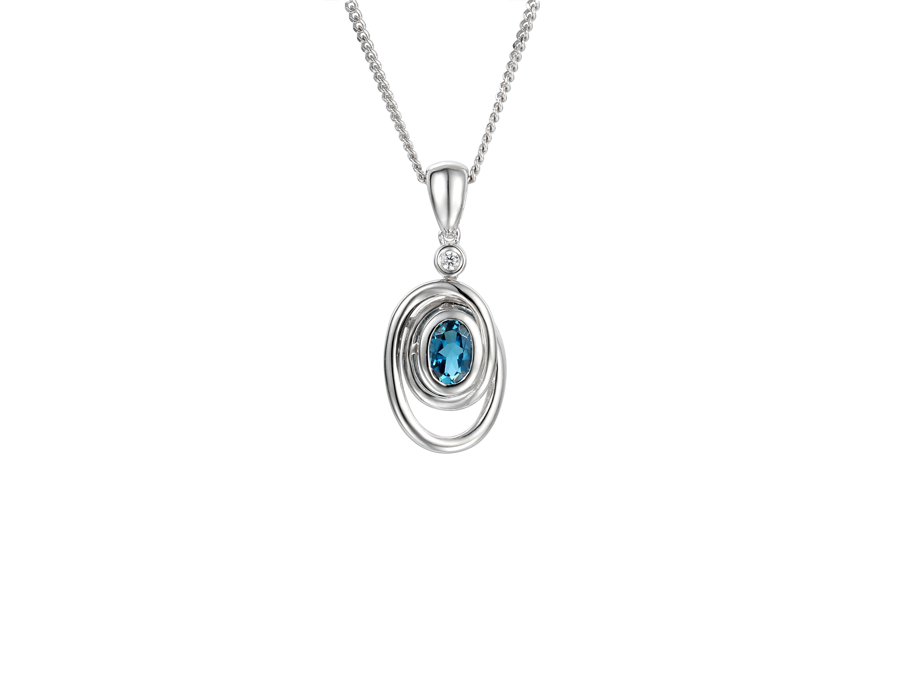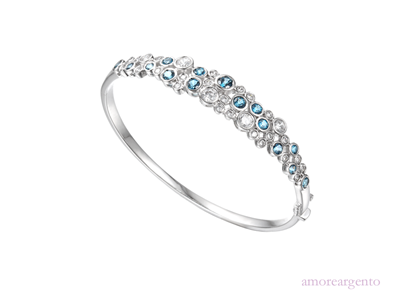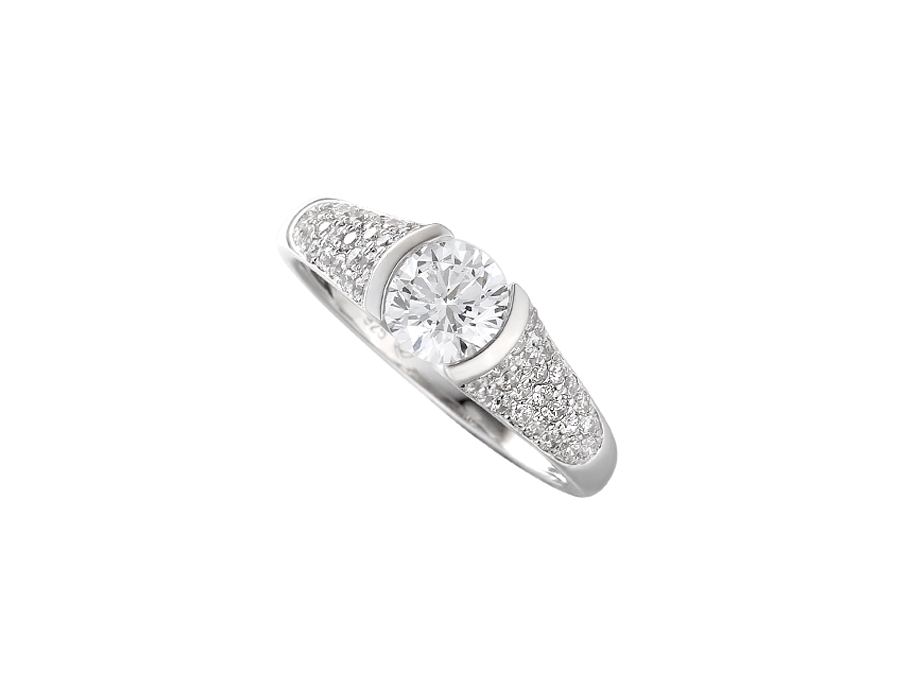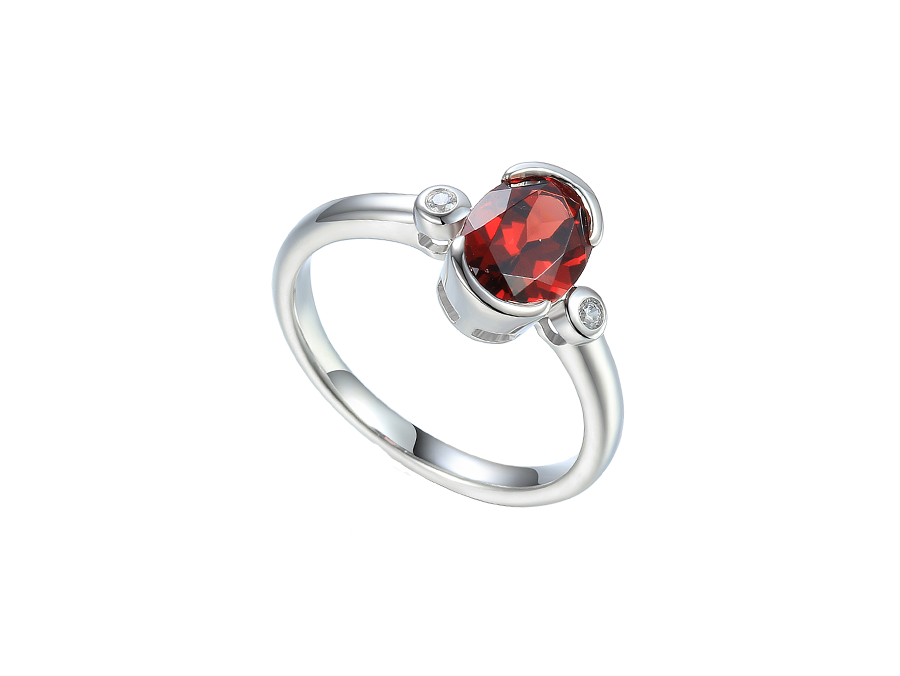We use cookies to make your experience better. To comply with the new e-Privacy directive, we need to ask for your consent to set the cookies. Learn more.
A Guide To Jewellery History – Part 2
Welcome back to our guide to jewellery history.
By the Renaissance gemstones were gaining more popularity in jewellery, whereas until this point it was more about the metal and the techniques used. Large stones were the most in-demand, and would often have been set as the sole focus of a piece, with the metalwork almost secondary in importance. Napoleon was responsible for many jewellery trends on the continent, including the cameo, which remained popular for over 100 years, being especially popular in Georgian England. Costume jewellery also arrived in this period. The emerging middle classes wanted the look of the aspirational upper classes, but at a fraction of the price. Jewellers were now either fine jewellers, working with gems and precious metals, or costume jewellers, working with glass, cheap stones and cheaper metals.
Queen Victoria was responsible for a lot of trends during her long reign, but one lasting impact she had on the jewellery industry was bringing jet jewellery to the fore. As she spent much of her reign in mourning for Prince Albert and was seen exclusively in black clothing she needed black jewellery to match. Around the same time Tiffany & Co., Bulgari and Cartier were founded in the USA, Italy and France respectively. This made jewellery available to a wider audience, and with a quick turnaround. Gone were the days of commissioning pieces for special occasions and waiting months for them, now you could go into a shop and pick something out that was ready to wear. This development saw sets of matching jewellery becoming increasingly common – where in the past you would have commissioned or bought things as a one off piece now you could have three or four matching pieces all in the same style.
The Art Nouveau period saw fashion influence jewellery and vice versa as the sinuous organic forms which characterise the style were seen everywhere from clothing, advertisements, food packaging and jewellery. After the First World War a more sober style was adopted, which led to the geometric decorative lines of the Art Deco period. Jewellery from these periods is easily identified and highly stylised and this is a trend which continues to this day – it's easy to tell exactly when a piece was made due to the style it displays, unlike earlier pieces which are generally dated to a period of several decades.
From the 1950s onwards jewellery has been very much influenced by the aesthetic trends of the day, rather than by religion and spiritual beliefs as was the case in earlier times. We often see resurgence in popularity of materials, techniques or styles that were used in the past, reinterpreted for the modern world, and this is something we often bring to our pieces, looking at the jewellery of the past and creating a timeless, modern version that will stand the test of time for many decades to come.
By the Renaissance gemstones were gaining more popularity in jewellery, whereas until this point it was more about the metal and the techniques used. Large stones were the most in-demand, and would often have been set as the sole focus of a piece, with the metalwork almost secondary in importance. Napoleon was responsible for many jewellery trends on the continent, including the cameo, which remained popular for over 100 years, being especially popular in Georgian England. Costume jewellery also arrived in this period. The emerging middle classes wanted the look of the aspirational upper classes, but at a fraction of the price. Jewellers were now either fine jewellers, working with gems and precious metals, or costume jewellers, working with glass, cheap stones and cheaper metals.
Queen Victoria was responsible for a lot of trends during her long reign, but one lasting impact she had on the jewellery industry was bringing jet jewellery to the fore. As she spent much of her reign in mourning for Prince Albert and was seen exclusively in black clothing she needed black jewellery to match. Around the same time Tiffany & Co., Bulgari and Cartier were founded in the USA, Italy and France respectively. This made jewellery available to a wider audience, and with a quick turnaround. Gone were the days of commissioning pieces for special occasions and waiting months for them, now you could go into a shop and pick something out that was ready to wear. This development saw sets of matching jewellery becoming increasingly common – where in the past you would have commissioned or bought things as a one off piece now you could have three or four matching pieces all in the same style.
The Art Nouveau period saw fashion influence jewellery and vice versa as the sinuous organic forms which characterise the style were seen everywhere from clothing, advertisements, food packaging and jewellery. After the First World War a more sober style was adopted, which led to the geometric decorative lines of the Art Deco period. Jewellery from these periods is easily identified and highly stylised and this is a trend which continues to this day – it's easy to tell exactly when a piece was made due to the style it displays, unlike earlier pieces which are generally dated to a period of several decades.
From the 1950s onwards jewellery has been very much influenced by the aesthetic trends of the day, rather than by religion and spiritual beliefs as was the case in earlier times. We often see resurgence in popularity of materials, techniques or styles that were used in the past, reinterpreted for the modern world, and this is something we often bring to our pieces, looking at the jewellery of the past and creating a timeless, modern version that will stand the test of time for many decades to come.
June 20, 2019
|
View: 219
|
Categories: Jewellery
|
By: <a class="mp-info" href="https://www.amoreargento.co.uk/blog/author/admin.html">Admin</a>








